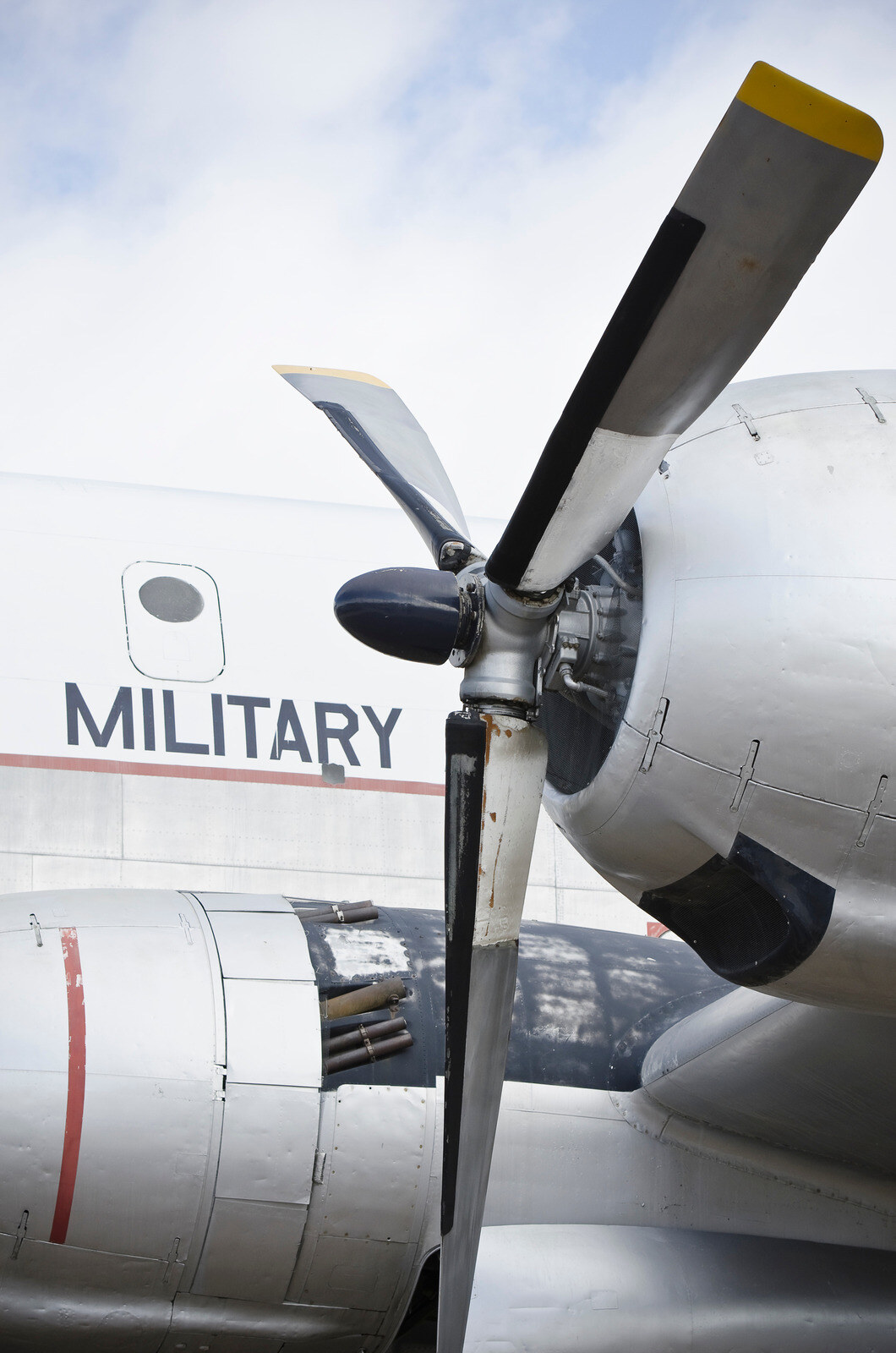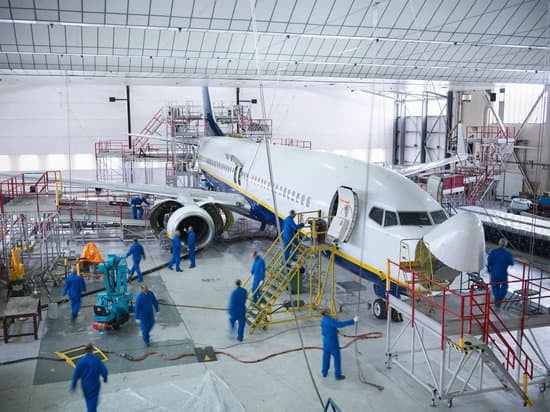Defense Aviation Expects Growth as Global Military Spending Soars

Defense aviation is expected to soar as it rides the coattails of global military spending which has hit an all-time high according to recent reports.
“Global military spending hit a record high of $2.4 trillion in 2023 after increasing by 6.8 percent from the previous year, a report by the Stockholm International Peace Research Institute (SIPRI) said,” reported CNBC in April 2024.
World military expenditures have increased for nine straight years, according to SIPRI, with the 6.8 percent increase in 2023 the steepest year-on-year rise since 2009 and pushed global spending to the highest level SIPRI has ever recorded.
“The unprecedented rise in military spending is a direct response to the global deterioration in peace and security,” said Nan Tian, Senior Researcher with SIPRI’s Military Expenditure and Arms Production Programme. ‘States are prioritizing military strength, but they risk an action-reaction spiral in the increasingly volatile geopolitical and security landscape.’
Deloitte predicts that the demand for defense aviation products will continue to increase as geopolitical instability grows, and that companies in emerging markets, such as advanced air mobility, are expected to advance testing and certification as they prepare for commercialization.
PwC expects defense aviation to see high single-digit growth as global defense spending sets new records and supply chain and labor issues affecting aviation look to ease.
SIPRI Report: Military Expenditure Increases in all Regions
The SIPRI report said that world military expenditures were up in all five of the geographical regions since 2009, with particularly large increases in Europe, Asia and Oceania, and the Middle East.
“For European NATO states, the past two years of war in Ukraine have fundamentally changed the security outlook,” said Lorenzo Scarazzato, Researcher with SIPRI’s Military Expenditure and Arms Production Programme. “This shift in threat perceptions is reflected in growing shares of GDP being directed towards military spending, with the NATO target of 2 per cent increasingly being seen as a baseline rather than a threshold to reach.”
Some of the global military spending expected to be earmarked for defense aviation, according to SIPRI, includes:
- Japan: Military expenditure in East Asia grew by 6.2 percent in 2023, to reach $411 billion. Japan allocated $50.2 billion to its military in 2023, which was 11 percent more than in 2022 and 31 percent more than in 2014. The year-on year increase in 2023 was the largest since 1972. The budget for 2023 also marked the first year of Japan’s biggest military build-up program since the end of World War II. Under the program, Japan aims to bolster its counter-strike capabilities by investing heavily in aircraft, ships, and long-range missiles.
- Taiwan: Taiwan’s military expenditure grew by 11 percent in 2023, to $16.6 billion. Based on a perceived growing threat from China, Taiwan created an extrabudgetary fund in 2020 and another in 2022 earmarked for procuring F-16 combat aircraft and naval systems. Together, these funds accounted for 21 percent of Taiwan’s total military spending in 2023.
- Finland: Finland became the 31st member of NATO in April 2023 (see box 1). In 2023 Finnish military spending went up by 54 percent to $7.3 billion, or 2.4 percent of GDP. The increase was mainly due to Finland tripling its procurement spending in 2023 with the aim of improving its military capabilities, which includes acquiring F-35 combat aircraft and air defense systems and replacing the weapons that it has given to Ukraine.
Deloitte: Aerospace and Defense Should Embrace New Technologies
Deloitte’s “2024 Aerospace and Defense Industry Outlook” says companies should embrace new technologies and innovation to help navigate upcoming challenges and capitalize on growth opportunities.
“In 2023, the aerospace and defense (A&D) industry witnessed a revival in product demand. In the aerospace sector, domestic commercial aviation revenue passenger kilometers surpassed pre-pandemic levels in most countries,” said the report. “This surge in air travel led to an increased demand for new aircraft and aftermarket products and services. In the US defense sector, new geopolitical challenges, along with the prioritization of modernizing the military, drove robust demand in 2023, particularly for weapons and next-generation capabilities.”
Deloitte said to look for these key trends in 2024:
- Workforce Challenges and Changing Expectations: Employee expectations since the pandemic have made it difficult to attract, retain, and develop a skilled workforce. Workforce issues could be a pain point as aviation defense companies begin to scale production operations to meet growing demands across the industry.
- Supply Chain Complexity: Supply chain issues may result in production delays, delivery delays, and increased pricing for both raw materials and components. Delivery time for production materials was 87 days in August 2023, down from a peak of 100 days in July 2022, but still far longer than pre-pandemic levels.
- Digital Transformation: Technologies such as model-based enterprise and digital twins are enhancing product development, improving efficiency, and spurring growth.
- New Aircraft: On the defense front, the US Air Force is making strides in developing new-generation fighter aircraft as part of the Next Generation Air Dominance program. This program is poised to leverage adaptive engine technology, which has been under development as part of the Next Generation Adaptive Propulsion (NGAP) program. Under the Air Force’s proposed fiscal year 2024 budget, the NGAP is fully funded with $595 million.
- Defense Spending: Deloitte says that in 2024, the rise in military spending can drive innovation and digital infrastructure by implementing commercial technologies in defense applications and maximizing the use of private capital for emerging defense technologies and manufacturing.
“The lion’s share of funding on technology is expected to focus on enhancing capabilities and improving readiness. To do this, the United States is concentrating its investments on procuring next-generation air, ground, and naval vehicles and modernizing existing ones to help meet defense requirements,” says Deloitte. “In response to global advancements, the US DOD is funding development from an array of entities. The DoD has established various mechanisms to engage the private sector (particularly small businesses and startups) and academia, promote innovation, and accelerate the integration of emerging technologies. These include but are not limited to, the Defense Innovation Unit (DIU), Accelerating the Procurement and Fielding of Innovative Technologies (APFIT) program, National Security Innovation Network (NSIN), and AFWERX.”
Rising Global Defense Spending and MRO Impact
The surge in worldwide defense expenditures to record levels is poised to significantly bolster demand and revenues for the aviation MRO sector.
As countries expand and modernize their air fleets with new aircraft purchases funded by bigger budgets, the need for MRO services to maintain, repair, and overhaul these planes will grow in lockstep.
Several key factors will drive increased MRO activity:
- Larger aircraft fleets will require more frequent scheduled maintenance, repairs, inspections, and overhauls. The addition of next-generation aircraft will also necessitate new technical capabilities, equipment, and training for MRO providers.
- Heightened geopolitical tensions and military operational tempos mean air forces will need to keep more of their planes mission-ready at any given time. This will translate to greater demand for MRO services to maximize aircraft availability and reduce downtime.
- The introduction of more advanced aircraft will lead militaries to extend the service lives of some legacy planes as a cost-saving measure. These aging aircraft will need more intensive MRO support to remain airworthy and operationally relevant.
- Global supply chain issues and inflation are driving up costs for spare parts, components, and raw materials. Aviation MRO providers will see expenses rise but also be able to charge more for their vital services.
The projected rise in defense aviation MRO activity will likely attract new entrants to the market and spur further competition and consolidation among firms. Commercial aviation MRO providers may increasingly pivot to pursue military contracts.
Overall, the sector appears poised for a period of substantial growth and opportunity fueled by the world's expanding defense investments and air power ambitions.



